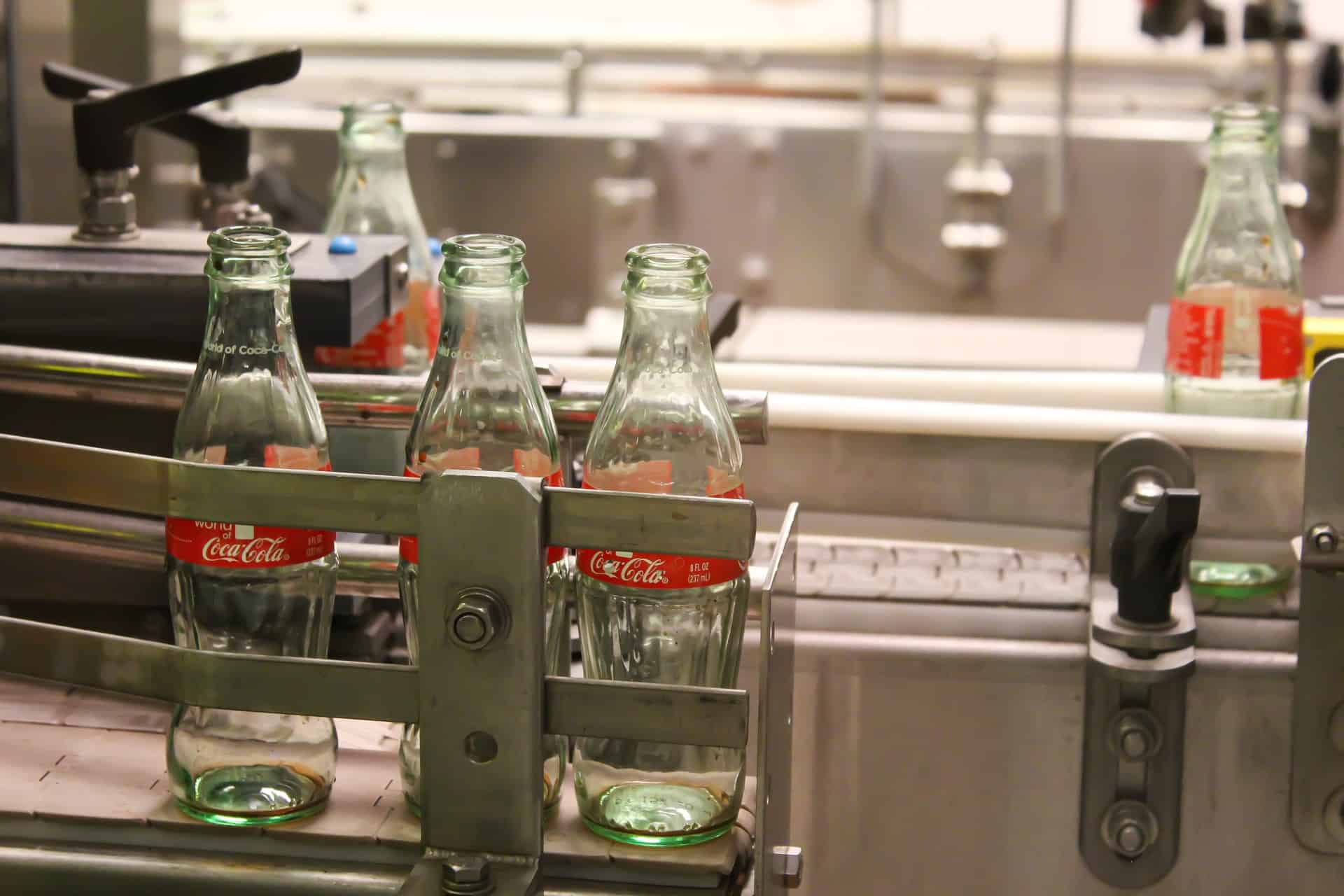Liquid filling is one of the growing sectors in the manufacturing industry. This has now seen manufacturers invest in new equipment, technologies, and advanced capabilities. Liquid fillers consist of smart metering systems and nozzles designed for use in different industries. These include pharma, cosmetics, food, and beverages.
To automate production, every manufacturer needs a bottle filler or a bottling machine. And regardless of the industry, packaging will often determine several factors. One is the production cost, and the other is how well the market will receive your products. Choosing the right bottle filling machine will boost accuracy and reduce contamination.
IMAGE: UNSPLASH
Types of Liquid Filling Equipment
Several liquid filling equipment manufacturers are available in the market. And you are sure to find as many liquid filler machines as possible. Below are some of the common types used in various industries:
- Gravity fillers – used to fill thinner and foamy liquids. The machine pumps the fluid into holding tanks, which then flow by gravity to fill the containers. The system contains pneumatic valves designed to dispense specific liquid volumes.
- Pump fillers – they are some of the most versatile and accurate liquid fillers in the market. A pump filler can use a rotor, gear, or lobe pump, depending on the application. Due to their versatility, pump fillers support different types of liquids.
- Rotary fillers – work by moving containers through circular stations. In each station, the container goes through different functions. These include filling, capping, and sealing. Most industries use rotary fillers for a wide range of products.
- Molten fillers – these fillers work with products that need hot-filling. Such products include deodorants, candles, glycerin soaps, etc.
- Net weight fillers – uses the net weight of the product to control the amount of liquid to fill the container. They are used to fill bulk quantities of liquid products where accuracy is desirable.
- Piston fillers – they allow for greater accuracy and faster fill rates. Piston fillers work with viscous liquids such as sauces, pastes, and icing. They are also very versatile and can handle a wide range of products.
When picking one from the above option, go for an automatic liquid filling machine. If this isn’t possible, at least settle for a semi-automatic liquid filling machine.
How To Choose A Liquid Filling Machine
When looking for a bottle-filling machine that will meet your needs, keep this in mind. Not all the designs will meet your unique needs. So, be sure to choose the best product from all the options available. Here, we’ve rounded up the four most vital aspects to keep in mind when selecting a liquid filling system.
1. Product Viscosity
Understanding the nature of your product will allow you to pick a suitable machine. That is, whether the product is water-like or heavy-viscous. Some devices are more versatile than others. That means they can handle liquids of different viscosity. Such products may be a bit costly but are worth it in the long run. Additionally, the viscosity of various liquids may affect the metering system.
2. Container Type
Another consideration to make is the type of container you intend to fill. Suppose you want to fill round glasses. Or square plastic containers, you’ll need the right filling machine for the job. The size and the design of the container are the other critical considerations to make.
3. Fill Rate
The fill rate of the bottling machine is another key predetermining factor. The size of the plant and the required production capacity are the other factors to consider. Here, you can choose to go for manual or automated liquid filling systems. A rule of thumb is to consider not only the current but also the future production capacity.
4. Fill Volume
The volume of the product you want to package may seem pretty straightforward. However, the devil is always in the details. At times, the product’s viscosity will affect the fill rate. This then affects the fill accuracy requirements.
In the end, you’ll need to adjust the fill volume to meet the required production standards. When choosing a machine, ensure that the fill volume gives some room for adjustments.
Choosing A Liquid Filling Machine Manufacturer
Your products are only as good as the tools and equipment you have within your production line. So, you should always partner with the right manufacturer. That is, whether you are looking for small or large-scale bottle filling equipment.
If you are using standard containers in the market, you may find an off-the-shelf filling machine. Otherwise, you’ll have to build a new one from scratch. Here, you’ll need to work with an experienced manufacturer. The latter will help you in designing and customizing the perfect system to suit your needs.
By working with a company that cares about you, you are sure to have your challenges solved. Additionally, the manufacturer should go the extra mile to ensure customer satisfaction. Besides the quality of the machine, you should also check the manufacturer’s offerings. These would include installation and maintenance services.
If you are interested in even more technology-related articles and information from us here at Bit Rebels, then we have a lot to choose from.


COMMENTS